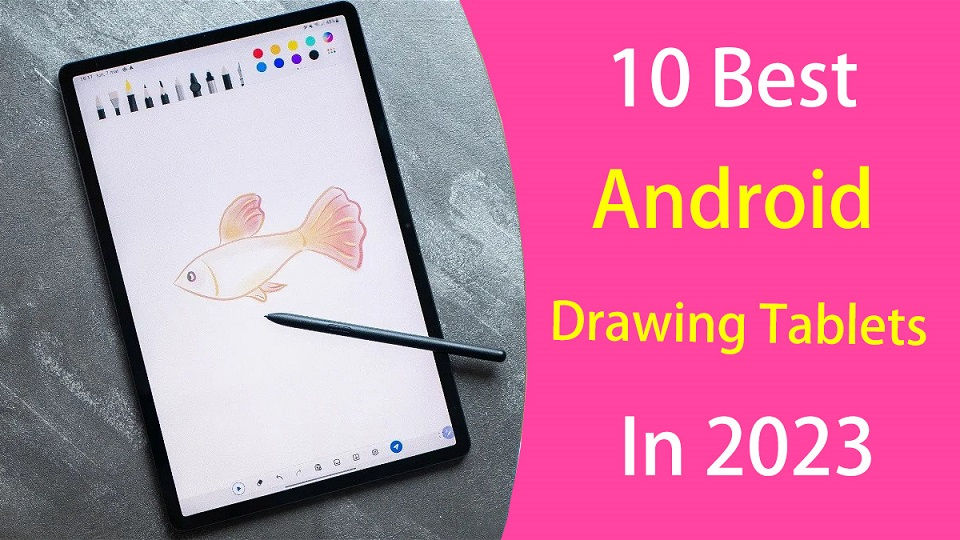The Best Free and Paid Photo Editing Software
- graphicstablet
- Jun 2, 2023
- 2 min read

Do you want professional photo editing software so that you can perfect your photos? Whether you're a beginner or a pro, editing your photos before uploading them to your photography website is essential.
The best photo editing software can help to bring focus to an image, highlight your key subjects and transform an average picture into something truly incredible.
There are countless different photo editing software options, from better-known systems like Adobe's Photoshop and Lightroom to simple but effective choices like XnViewMP. There's even some great free options, too.
Whether you need something simple for basic edits or you're someone that requires advanced features to edit your images like a pro, there's a photo editor for you.
1. Adobe Photoshop CC, 2. Adobe Lightroom CC, 3. Luminar NEO, 4. Snapseed, 5. Pixlr, 6. DxO PhotoLab, 7. Capture One Pro, 8. ACDSee, 9. Affinity Photo, 10. GIMP, 11. On1 Photo Raw, 12. Photoscape X, 13. RawTherapee, 14. Darktable, 15. Photopea, 16. PicMonkey, 17. PhotoDirector, 18. XnViewMP, 19. PaintShop Pro, 20. Paint.Net , 21. PhotoFiltre, 22. PortraitPro .
Master the art of photo editing with these 22 powerful photo editors in no time!
From beginners to advanced, these apps have something for everyone. Learn about their main features, pros and cons to get started.
Why you need image editing tools?
They help you easily design appealing images;
Images enhance your blog posts quality;
Images help you skim through your posts quickly;
Graphic editing tools help you create beautiful images without quickly, easily and mostly for at free of cost.
Features to look for in an image editing tool
Everyone's needs are different. So, it's important to consider what features are most important for the photo editing work you'll be doing.
Here are a number of popular features worth looking out for:
Streamlined user interface – Image editing has to be simple and easy, good enough for a novice.
Stock photos and other graphics – Having a library of stock images such as photos and icons means you won't have to pay for an external stock library.
Text editing features – Font styles, text animation, text effects are all essential for creating images.
Image templates – Whether you're designing content for social media, or creating an infographic for a blog post, a library of templates can help you create great images fast.
Team collaboration – If you've got a team you need to have the ability to add team accounts or share links to your designs.
Online based tool – While desktop-based software allows you to create more complex designs and typically offers more features, online based tools are a lot easier to use. Particularly across multiple devices. After all, there's no software to install.
GIFs / motion design – All image editing tools deal with static images, but it's worth considering whether you'll need a design tool that supports motion graphics such as GIFs.
A wide range of file formats – You may need the option to export more than PNG and JPG file types. So, consider additional file formats such as PDF, SVG, GIF, and MP4.




Comments